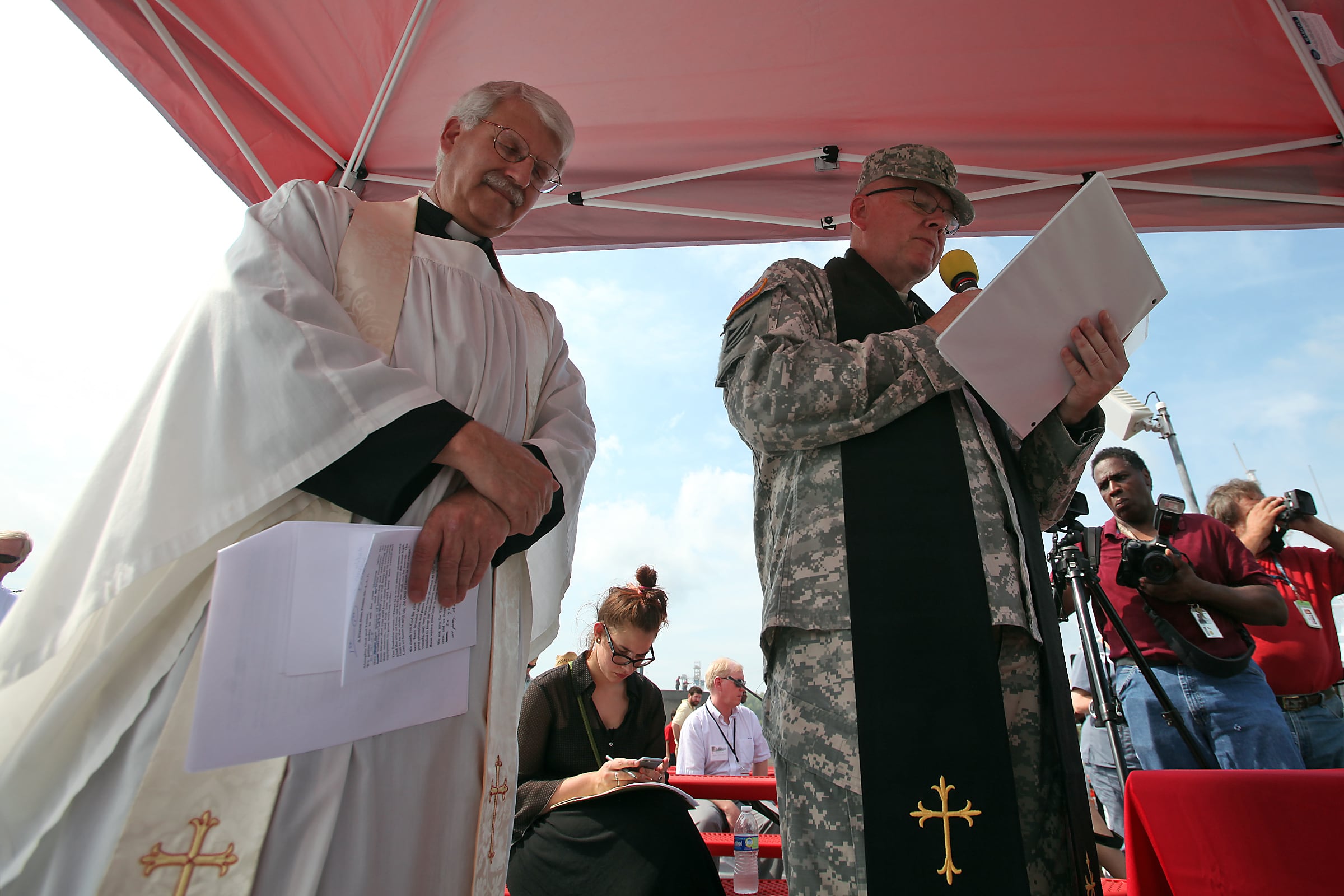HONOLULU — The Kaneohe Bay Marines mounted their heavily armed amphibious assault vehicles Wednesday and zipped and romped their way around the base's Nuupia Ponds mud flats. In doing so, the 26-ton battle machines kicked up heavy showers of mud as some ride-along passengers held on like they were riding a mechanical bull.
Welcome to the base's Mud Operations, an annual event that gives the warriors who operate these half-boat, half-tractor, assault vehicles a chance to test their skills under extreme conditions.
But while it may have looked like a mere training exercise, it was more than that. The non-native pickleweed that chokes the mud flats of the 517-acre Nuupia Ponds Wildlife Management Area was trampled and churned up by a quartet of assault vehicles, thus helping to open up nesting ground for the federally endangered Hawaiian stilts that inhabit the area.
Nesting season begins next month for the long-legged black-and-white water birds, said Lance Bookless, senior natural resources manager at Marine Corps Base Hawaii.
This is the 33rd year the Marines have engaged in the three-day Mud Ops event staged in January and February for the dual purpose of training in the mud and helping out the birds.
"So far, it's going very good," 1st Lt. Carlos M. Silva, AAV platoon commander, said of his drivers. "They have been able to execute every Mud Ops operation without a problem."
It all began in 1971 when the U.S. Fish and Wildlife Service identified the Nuupia Ponds as a viable stilt habitat and contacted Marine Corps Air Station Kaneohe Bay about ways to tackle the pickleweed problem. The invasive ground cover is notorious for crowding out the stilts and other water birds from their natural wetland habitat.
A decision was made to experiment with the assault vehicles with their wide tracks. Not only did vehicles successfully trample the pickleweed, but they also created mud mounds that are perfect for nesting by birds like the Hawaiian stilt.
In the 1980s staff members from the Marine Corps Base Hawaii natural resources department took over the program in partnership with the Kaneohe Combat Assault Company Marines.
The Nuupia Ponds are nestled at the southeastern end of the base and consist of eight interconnected ponds and wetlands with Kaneohe Bay at one end and Kailua Bay on the other.
Today, thanks in part to the work of the hard-driving Marines, between 130 and 160 stilts inhabit the Nuupia Ponds, representing about 10 percent of species' population.
Three other endangered water birds — Hawaiian coot, Hawaiian gallinule (moorhen) and Koloa duck — have benefited as well, Bookless said.
The amphibious assault vehicles, each armed with a 50-caliber machine gun and a 40-mm grenade launcher, were developed in the early '70s to replace the kind of landing vehicles that were first used in World War II. Since then, the vehicle has been employed by the Marines in both battle and in major emergency operations.
In the water it can travel 9 mph while it can reach 45 mph on flat land. Over the years, the AAV has been overhauled and upgraded with added capabilities and greater performance.
"It's a workhorse," Staff Sgt. John Allison said. "It's done its duty, and it's still here."
During Wednesday's Mud Ops exercise, Marines practiced handling their vehicles in extraordinarily muddy conditions. None of the vehicles got stuck by midday. But that does — and has — happened. When it does, crew members have to get out into the mud themselves and work to get their vehicle free.
"But that's good training," Bookless said. "They have to practice getting them unstuck, too."
After each day, the vehicles are splattered with a thick coat of mud, and the Marines must thoroughly clean each one.
On Wednesday, Lance Cpl. Germano Tanaka said he enjoys plowing through the muddy terrain. It's the kind of training he and his comrades don't get to do very much of, he said.
"And the fact that it's helping the birds and I get to have fun at the same time makes it really enjoyable," Tanaka said.





